For several weeks this autumn there were two paintings of the American boxer Jack Johnson on display in London. Johnson was the world’s first black heavyweight champion, a large, swaggering man who would draw on minstrel acts to wind up his predominantly white audience, speaking with an exaggerated accent and cakewalking around the ring. The monumental portrait Jack Johnson (1971) by Raymond Saunders was displayed in the group show ‘Soul of a Nation: Art in the Age of Black Power’ (12 July–22 October), a survey of black American art from the 1960s and ’70s at Tate Modern. In contrast, Jack Johnson (1982) by Jean-Michel Basquiat – who came to prominence in the early ’80s – is smaller, a scraggle of a few black lines drawn on a white cloth loosely stapled to a boxy frame. The outlined figure has its right hand raised, a rough outline of a crown floating just above its head; the boxer’s name scrawled underneath lets us know who the stick figure is meant to be. Basquiat’s Johnson is a cartoonish nod, less about the man himself than a symbolic summoning. His is one of the countless names in Basquiat’s layered and diagrammatic paintings in ‘Boom For Real’ at the Barbican: Miles Davis, Charlie Parker, Walt Disney, Cy Twombly, Leonardo da Vinci.
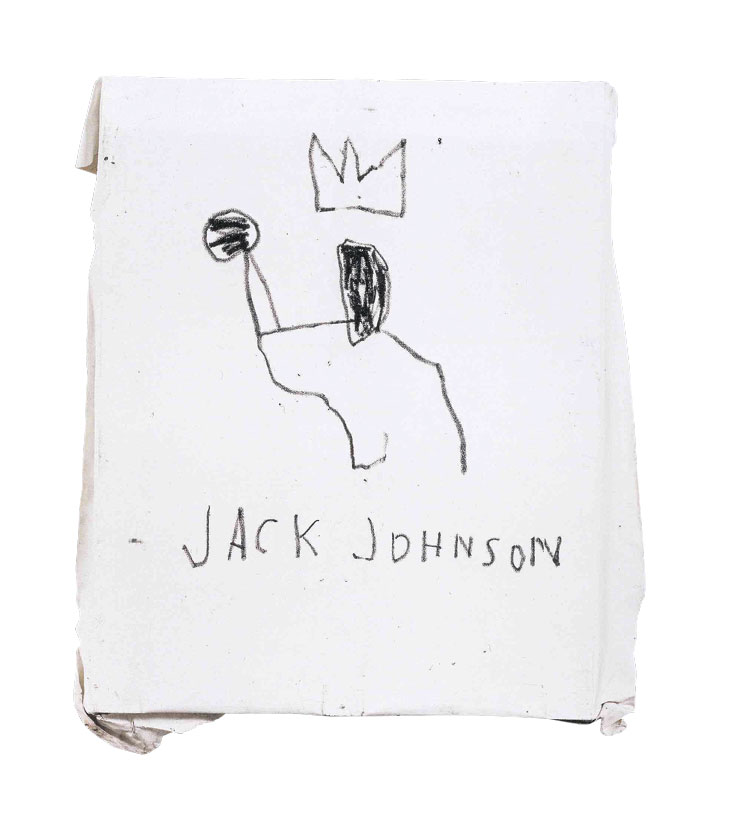
Jack Johnson (1982), Jean-Michel Basquiat. Private collection. © The Estate of Jean-Michel Basquiat; licensed by Artestar, New York
Johnson’s double appearance is telling: the Basquiat exhibition should – chronologically and geographically – be considered a follow-on from ‘Soul of a Nation’, which ended with the work of David Hammons, Senga Nengudi, Lorraine O’Grady and the black art community of New York in the late ’70s. While Basquiat’s work had constant hints and nods to performing blackness for his (mainly white) peers and collectors, it displays an interest
less in civil rights and more in fame and personal legacy, his emancipation a more individual concern.
Discussions and appreciation of Basquiat’s work have always been eclipsed by the myth around the artist himself. This is not surprising given that Basquiat produced some of his first canvases on camera, for what would become the tongue-in-cheek fictional documentary, Downtown 81 (1981/2000), which showed an artist trying to make it in ‘New Wave’ New York. The Barbican exhibition, which includes more than 100 works, only reinforces this long trotted-out framing: visitors are welcomed by an oversize projection of the artist dancing goofily for the camera in his studio, while the show is arranged around who he met and hung out with, what he read and looked at. Rather than being an art exhibition, this is a biographical ‘rags to riches’ journey staged in rooms dedicated to the progressively well-to-do places Basquiat accessed: one is filled with photographs documenting his ironic, slogan-filled street art, which he made as part of SAMO, and another of ephemera from the Canal Zone studios; elsewhere there are snaps of the self-consciously fashionable crowd who partied with him at the Mudd Club, and canvases that mark his time as a regular at Warhol’s Factory.
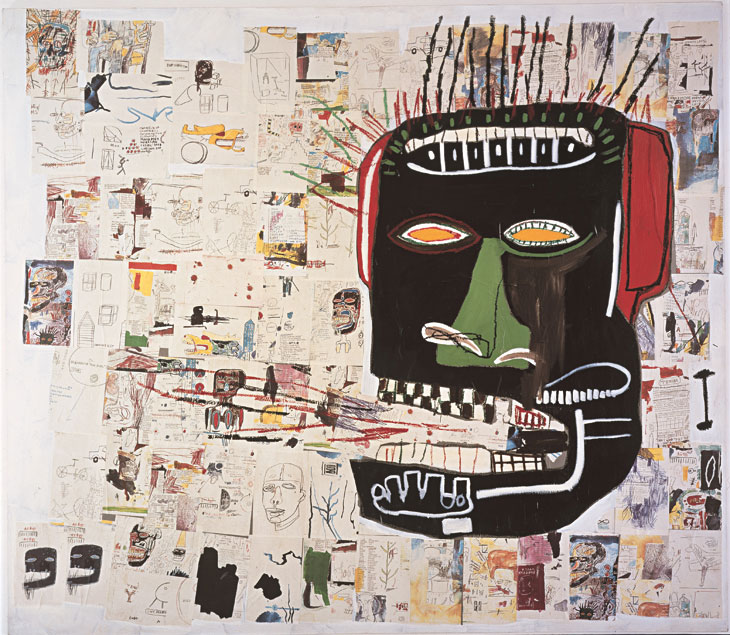
Glenn (1984), Jean-Michel Basquiat. Private collection. © The Estate of Jean-Michel Basquiat; licensed by Artestar, New York
Despite all this, a set of work of fervent energy slips out from under these trappings, the exhibition drawing mainly on works from early on in Basquiat’s short eight-year career (the artist died in 1988 aged 27). The haloed centaur-like beast of Untitled (1982) echoes the raised-fist pose of the stick-man Jack Johnson, its body a jumbled patchwork of uneven circles and overlapping splotches of black, bright red, muddied yellow and bile-tinted green. Despite the busy brushstrokes bouncing around the canvas, it’s the creature’s gas masked-shaped head and haunted hollow eyes that define the work. The hotwired head that dominates Glenn (1984) floats over dozens of coloured pages that look like photocopies from a sketchbook, filled with handwritten notes and drawings of trees and other heads. (This pasted-up background can be found in several paintings in the exhibition.) Basquiat’s works frequently and playfully enlist myths, cartoons and canonical art history. In the corners of canvases, the names of Alexander the Great, Picasso and Prometheus are all treated equally in Basquiat’s postmodern collage mash-up, flattening time with lists that don’t feel like just conceptual roll-calling. Images repeat themselves across his work, like the floating crown or the constant appearance of overwrought, inhuman skulls.
‘Boom For Real’ seems to insist that the scratchy textures, bright colours and apparently quick gestures in Basquiat’s work are a reflection of the gritty, heady times of post-punk New York and the high jinks of the man himself. But it’s hard to ignore the recurring mentions of tobacco and sugar in Untitled (black) (1981), A Panel of Experts (1982) and Hollywood Africans (1983), or in the layered photocopies that form the background of Famous (1982) – the half-covered words that describe a ‘trick black soap’ and a face that ‘gets blacker and blacker’. The obvious irony of Basquiat’s surfaces working as a deliberate contrast to their content as a deconstructed form of black portraiture has been lost amid the incessant regurgitation of the ‘tragic naïve graffiti genius’ narrative. It’s a minstrel act that was started by Basquiat himself, and now, with large-scale shows like this and works breaking the $100 million mark at auction houses, goes well and truly beyond the artist’s original intentions or any sense of irony.
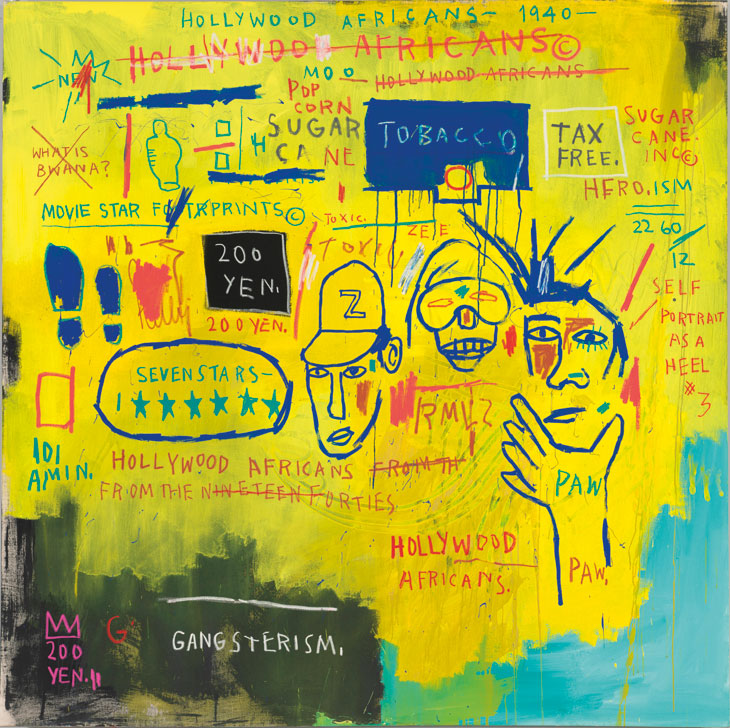
Hollywood Africans (1983), Jean-Michel Basquiat. Whitney Museum of American Art, New York. © The Estate of Jean-Michel Basquiat; licensed by Artestar, New York; Artists Rights Society (ARS), New York; ADAGP, Paris
One of the final rooms in the exhibition is filled with framed pages from Basquiat’s notebooks, lines of half poetry written immaculately in capital letters. ‘I feel like a citizen / it’s time to go and come back a drifter,’ states one. Most readings of Basquiat emphasise and glorify that personality of the ‘drifter’; what the works suggest instead is an unease with the role of ‘citizen’: an art that earnestly wants to engage and to mock, but doesn’t want to sit still or belong. By the end of the show, the video of Basquiat dancing has a desperate poignancy, the dead artist mechanically bound to perform ad infinitum. Perhaps at some point soon, institutions might finally put the artist to rest and let the work find its own way.
‘Basquiat: Boom For Real’ is at the Barbican Art Gallery, London, until 28 January 2018.
From the December issue of Apollo. Preview and subscribe here.
Unlimited access from just $16 every 3 months
Subscribe to get unlimited and exclusive access to the top art stories, interviews and exhibition reviews.

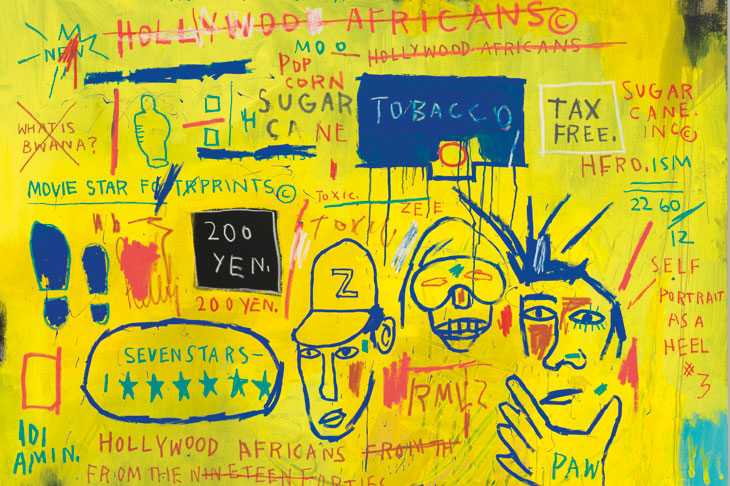
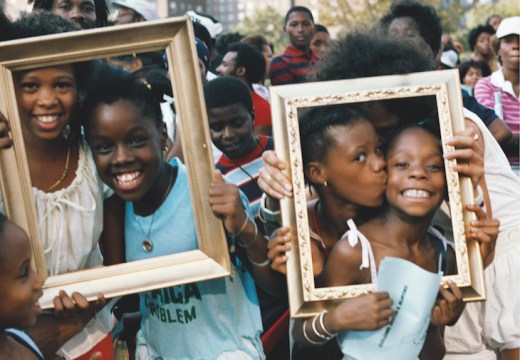
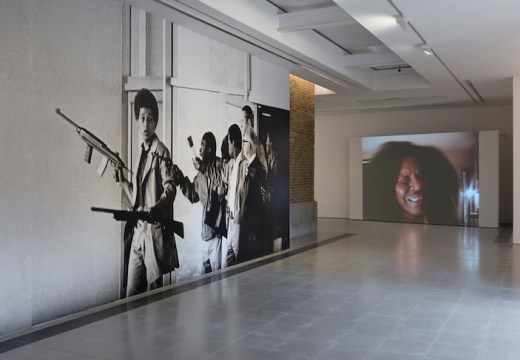
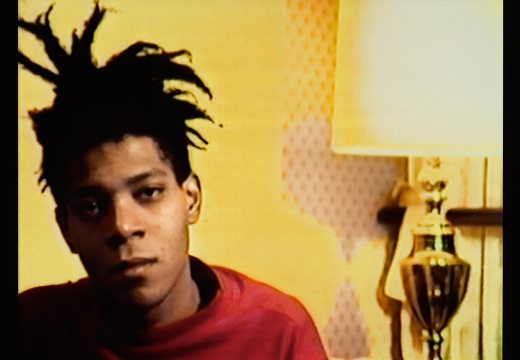









![Masterpiece [Re]discovery 2022. Photo: Ben Fisher Photography, courtesy of Masterpiece London](http://www.apollo-magazine.com/wp-content/uploads/2022/07/MPL2022_4263.jpg)
Has the Fitzwilliam got its rehang right?